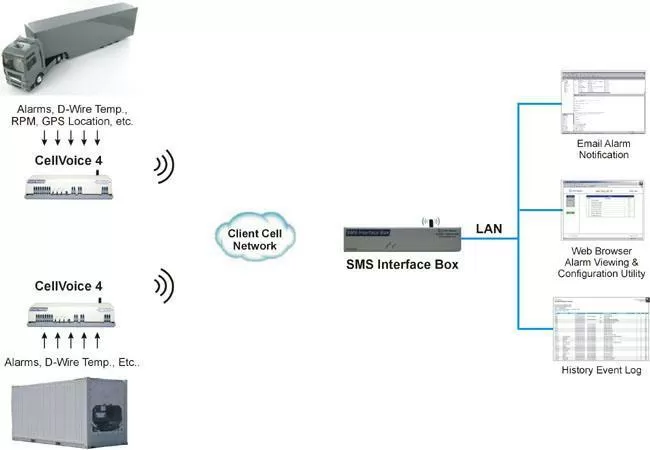Check out our White Paper Series!
A complete library of helpful advice and survival guides for every aspect of system monitoring and control.
1-800-693-0351
Have a specific question? Ask our team of expert engineers and get a specific answer!
Sign up for the next DPS Factory Training!

Whether you're new to our equipment or you've used it for years, DPS factory training is the best way to get more from your monitoring.
Reserve Your Seat TodayIf you are a networking professional, odds are you have run into issues with maintaining the proper function of your system at least once. From catastrophic events such as power-outages, fires, and floods, to issues regarding remote site security, all potential problems could lead to losses of equipment, income, and possibly even lives.
Telecommunications companies, utility providers, and various other organizations rely heavily on their networking infrastructure. Technicians are responsible for ensuring a variety of devices are always working. For many, this meant a large amount of windshield-time which in turn drives up costs. In order to check for proper service across a network, regardless of location, it used to mean that someone had to physically visit a site to check for any alarms or situations that could potentially interfere with normal operations when the remote site was not immediately connected to a LAN.
With recent advancements in technology, the incorporation of wireless communications into remote site monitoring equipment allows for a person sitting at a NOC to receive alarms, and in some cases even respond without having to travel to where the issue may be, or in some cases, to even dispatch a technician with all the information pertaining to what needs to be rectified. For example, if an alarm at a radio tower was triggered due to a shortage that caused the lights to go out, a technician would not only need to fix the physical issues, but would also have to notify the F.A.A. immediately to inform them of a safety concern. Now, imagine that tower is out in the middle of a desolate region where hard-line connections to the internet or LAN are unavailable, what options remain?
Cellular networks provide for the transmission of data across a wireless communications system that is capable of sending your alarm statuses thousands of miles in a matter of seconds. If you are unable to connect your LAN to your remote monitoring sites, this route may be worth consideration.
In order for an alarm-monitoring unit to communicate with the NOC via cellular communications, a data transmission method must be determined. In some cases, a data package can be utilized to connect to the internet similar to how smart-phones do, while in other situations SMS messaging formats are more suitable. In order for either of these solutions to become feasible, the proper equipment must be used.
For an existing RTU unit to be configured to operate across a system inteded for cell phone communications, an external modem configured for GSM or CDMA network is necessary, while many newer remote devices can be built with an internal module that circumvents the need for additional pieces of equipment.
In order to maintain a satisfied customer base, equipment designed to promote efficiency and security are a must. For those considering the use of cellular monitoring device in order to ensure your networks are not compromised, there is no time to waste.
